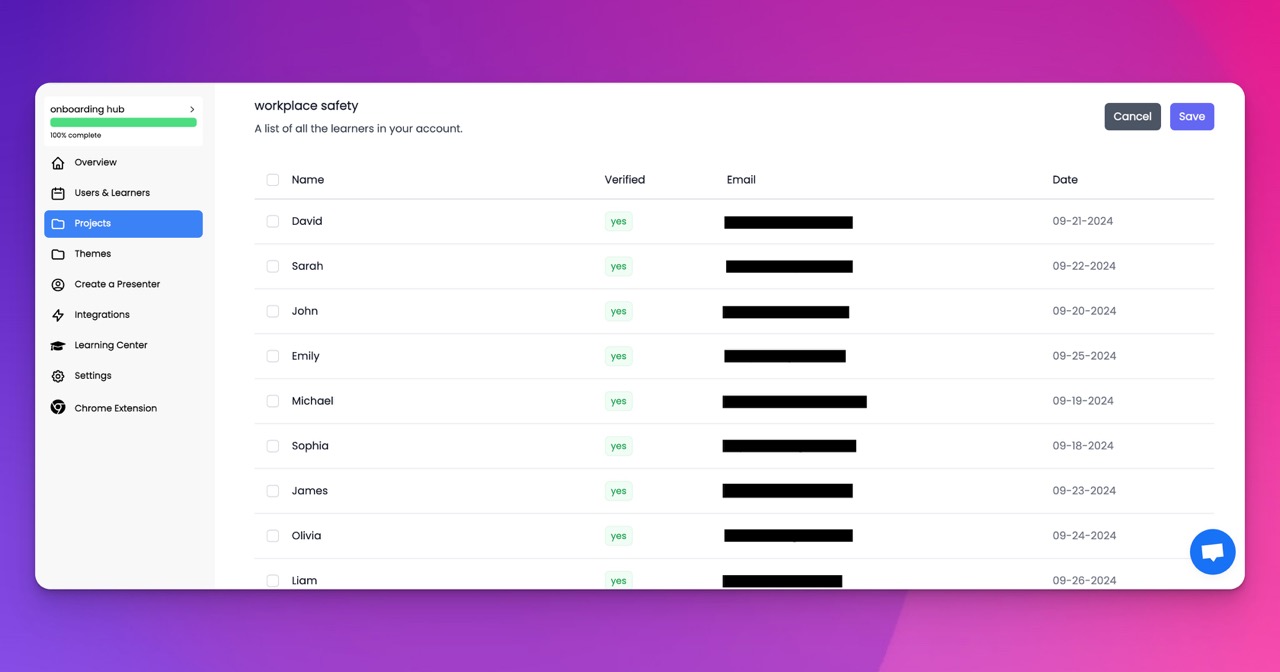🎉 Trainday now integrates with Zendesk and Hubspot 🎉 Trainday now integrates with Zendesk and Hubspot 🎉 Trainday now integrates with Zendesk and Hubspot
🎉 Trainday now integrates with Zendesk and Hubspot
🎉 Trainday now integrates with Zendesk and Hubspot
Contact
OSHA Compliance
"Are Bump Caps OSHA Approved? Understanding Safety Standards And Compliance"
**Title: Are Bump Caps OSHA Approved? Understanding Safety Standards and Compliance**
In workplaces where head injuries are a potential risk, ensuring proper head protection is paramount. Both employers and employees must navigate a myriad of safety standards and regulations to ensure compliance and, more importantly, safety. A common question that arises in this context is: Are bump caps OSHA approved? To answer this, we need to delve into what bump caps are, the role of OSHA, and the relevant safety standards.
### What Are Bump Caps?
Bump caps are lightweight protective headgear designed primarily to protect against minor bumps, scrapes, and lacerations. They are not intended to safeguard against falling objects or heavy impacts. Bump caps are often used in environments where the risk of head injury is relatively low but still present, such as in maintenance, automotive repair, and certain manufacturing settings.
### The Role of OSHA
The Occupational Safety and Health Administration (OSHA) is a regulatory agency of the United States Department of Labor. OSHA’s mission is to ensure safe and healthful working conditions for workers by setting and enforcing standards and by providing training, outreach, education, and assistance.
OSHA sets forth regulations that employers must follow to maintain workplace safety, including requirements for personal protective equipment (PPE). However, OSHA does not "approve" specific products. Instead, it sets the standards and criteria that those products must meet.
### OSHA Standards for Head Protection
OSHA’s standards for head protection are outlined in 29 CFR 1910.135 for general industry and 29 CFR 1926.100 for construction. These regulations require that head protection must meet the criteria set by the American National Standards Institute (ANSI).
### ANSI Standards and Bump Caps
The relevant ANSI standard for industrial head protection is ANSI Z89.1. This standard specifies performance and testing requirements for industrial helmets, commonly known as hard hats. Hard hats are designed to protect against a variety of hazards, including impact from falling objects.
Bump caps, however, do not meet the ANSI Z89.1 standard. Instead, they fall under the European standard EN 812, which covers head protection against bumps and scrapes. Because bump caps do not meet ANSI Z89.1, they do not satisfy OSHA’s requirements for head protection in environments where there is a risk of impact from falling or flying objects.
### Compliance and Usage
While bump caps are not OSHA-approved for impact protection, they can still be used in certain situations where the risk is limited to minor head bumps and abrasions. It’s crucial for employers to conduct a thorough risk assessment to determine the appropriate type of head protection needed for their specific work environment.
In settings where the risk is higher, such as construction sites or areas with overhead hazards, OSHA-compliant hard hats are mandatory. Employers must ensure that their head protection equipment meets the necessary standards to provide adequate protection for their workers.
### Key Takeaways
- **Bump caps are designed for minor head protection** and do not meet the ANSI Z89.1 standard required by OSHA for head protection against significant impacts.
- **OSHA does not approve specific products** but mandates that head protection meet ANSI Z89.1 standards.
- **Employers must assess workplace hazards** and select appropriate head protection based on the level of risk.
- **Bump caps can be used in low-risk environments**, but hard hats are required where there is a risk of impact from falling objects.
### Conclusion
Understanding the distinction between bump caps and hard hats, as well as the relevant safety standards, is essential for maintaining workplace safety and compliance. While bump caps offer a level of convenience and comfort for low-risk environments, they do not replace the need for ANSI-compliant hard hats in more hazardous settings. Employers should always prioritize safety by selecting the appropriate head protection for their workers, ensuring compliance with OSHA regulations, and fostering a culture of safety in the workplace.
By staying informed and adhering to the necessary standards, we can collectively contribute to safer work environments and protect the well-being of all employees.
Accelerate Compliance.
Deliver OSHA-Ready Courses Instantly.
Empower your team with data-driven training solutions tailored to your industry's safety standards. Stay compliant, reduce risks, and boost productivity with AI-powered course creation.
